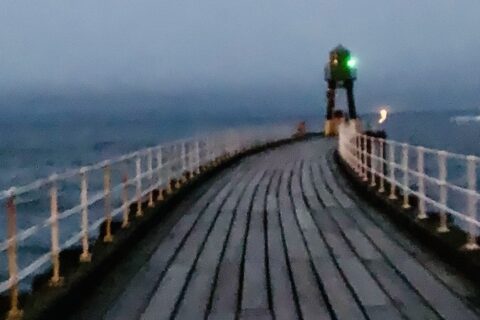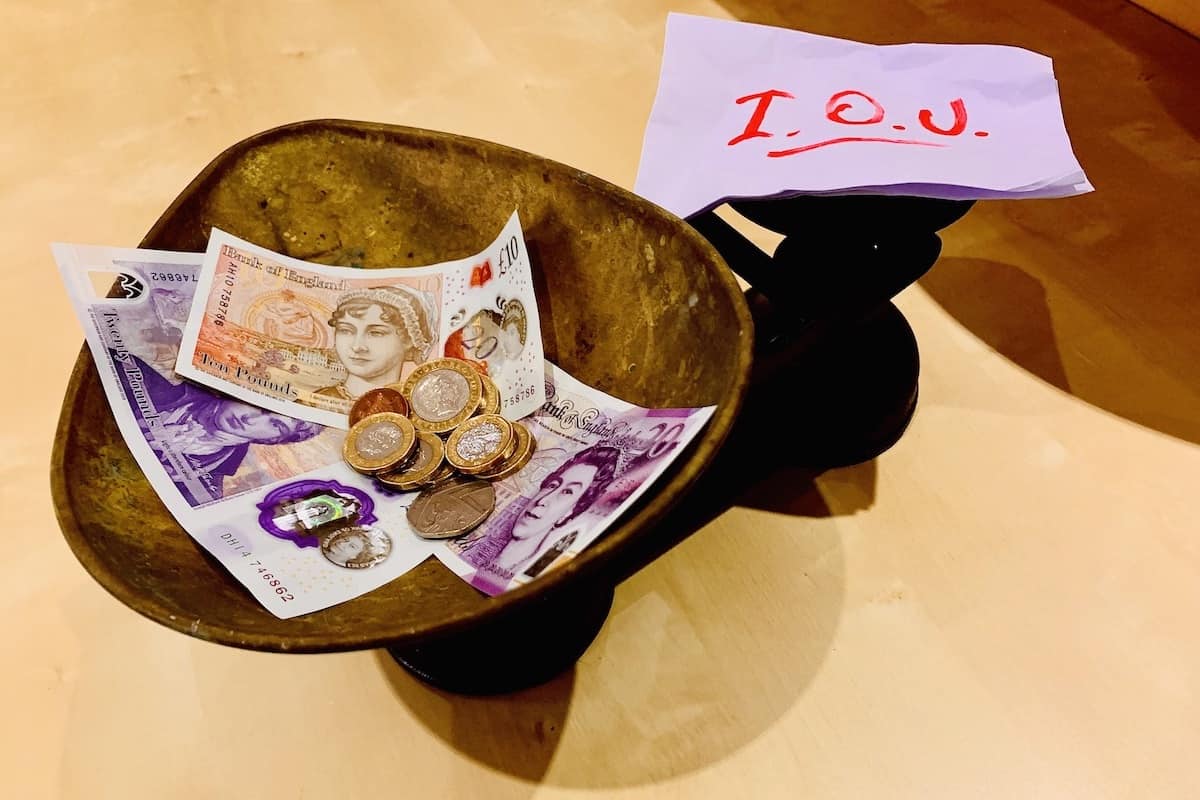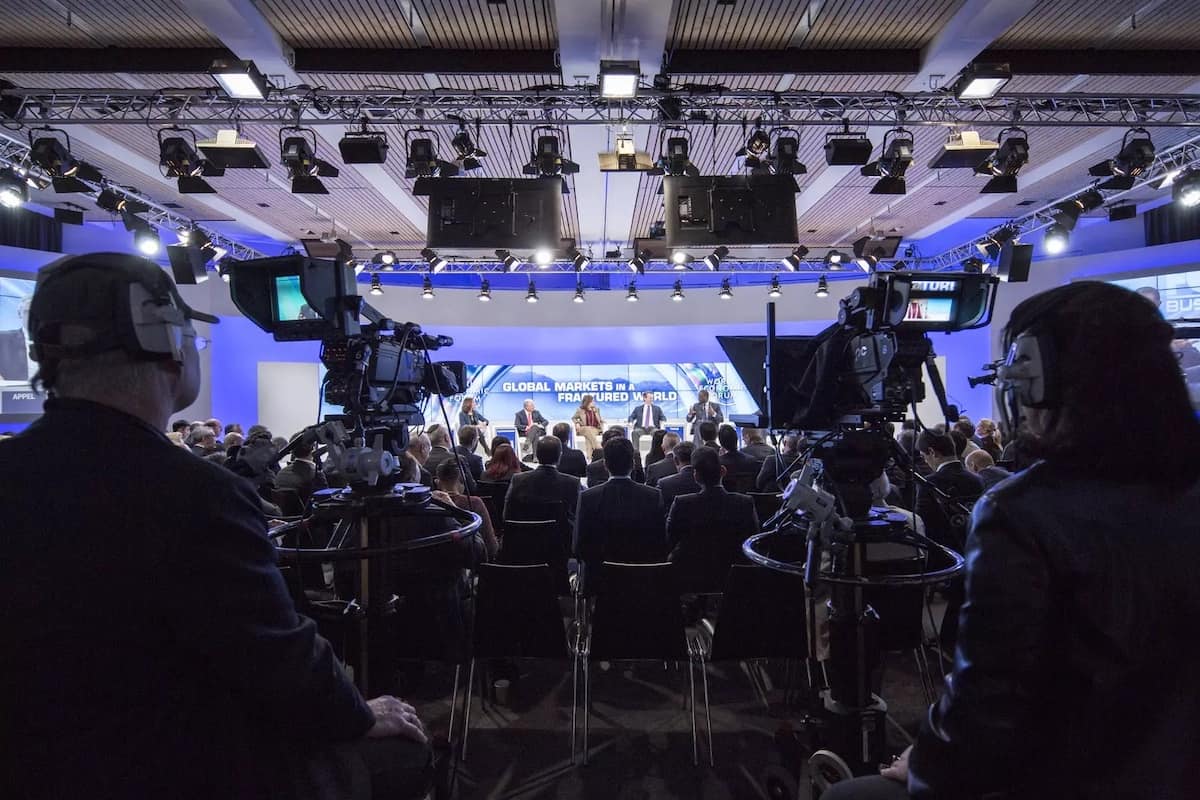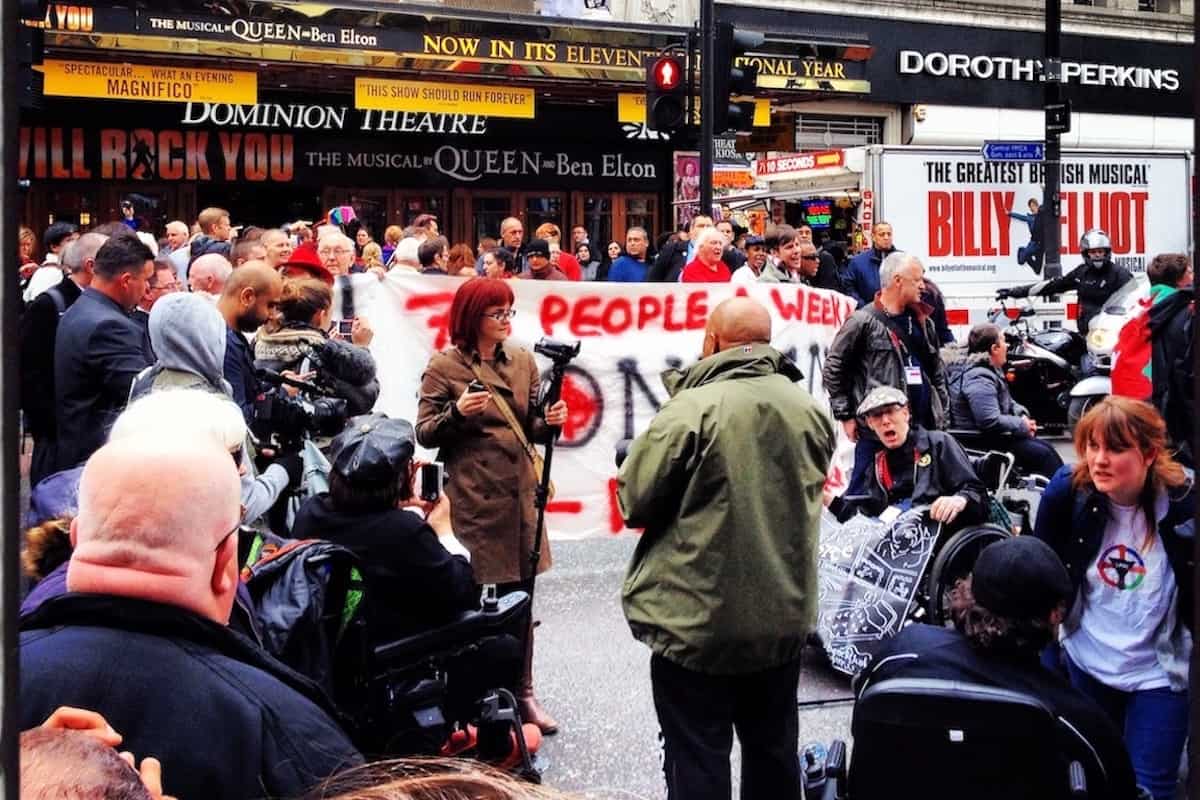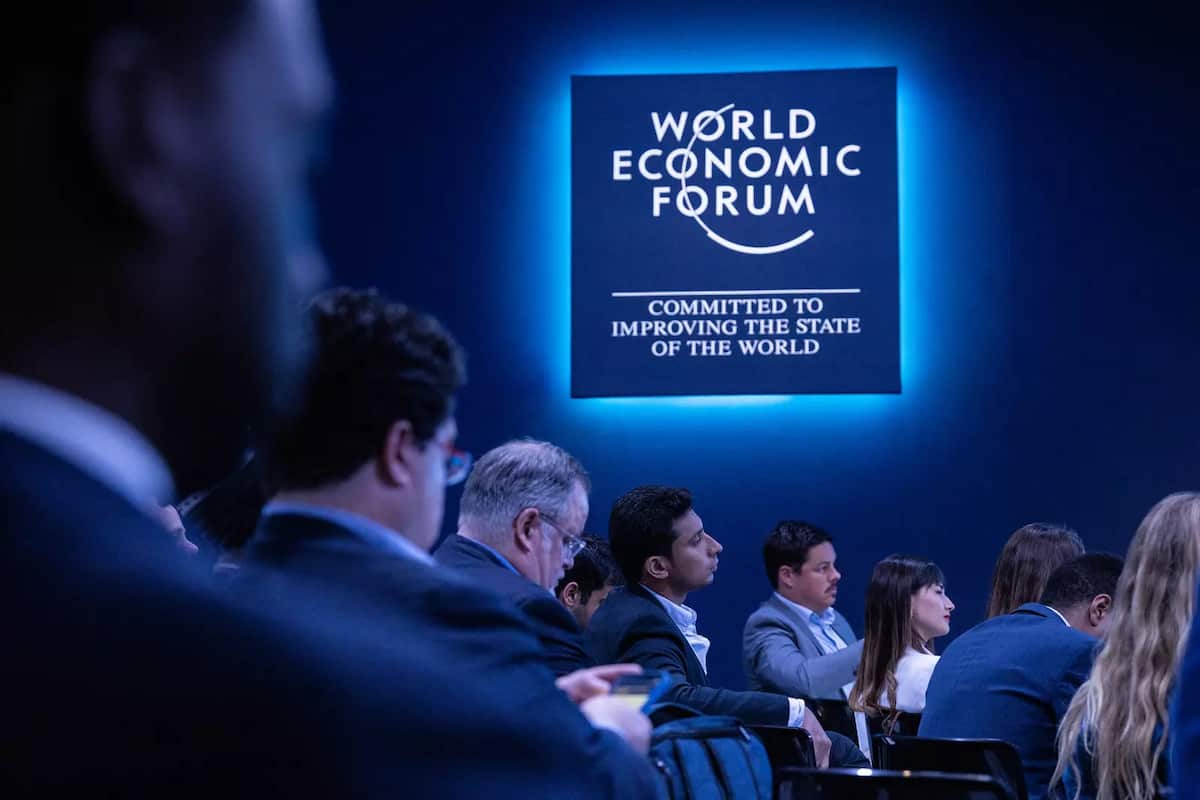A version of this article – which explores co-creation in both the world of Business and the Arts, plus the prospects for cross-pollination between the two – first appeared in Artworks Journal, 23 September, 2013.
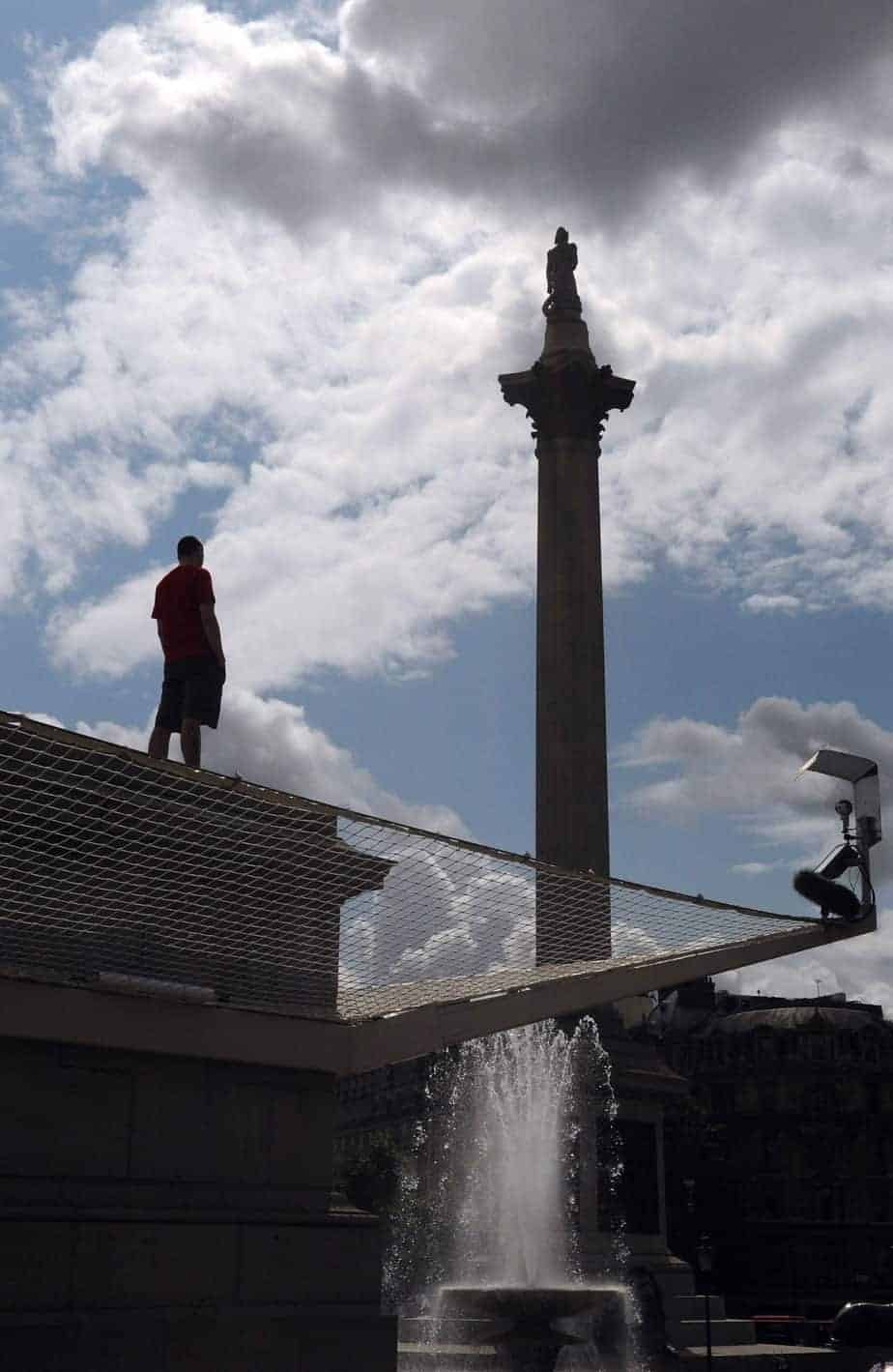 In tune with concepts of collaborative consumption and the sharing economy (particularly prevalent in the USA), ‘co-creation’ is currently very much in vogue for businesses looking to freshen up management, design and production processes, enhance communication upstream and downstream, foster stakeholder engagement, plus deliver both ideas and efficiencies. As a cutting-edge business strategy, the philosophy draws on the creativity of customers, staff and suppliers, combining all collective inputs to innovate and improve performance, sharing knowledge and learning. The paradigm shift is from thinking in terms of ‘goods’ to ‘services’, in pursuit of the co-creation of value.
In tune with concepts of collaborative consumption and the sharing economy (particularly prevalent in the USA), ‘co-creation’ is currently very much in vogue for businesses looking to freshen up management, design and production processes, enhance communication upstream and downstream, foster stakeholder engagement, plus deliver both ideas and efficiencies. As a cutting-edge business strategy, the philosophy draws on the creativity of customers, staff and suppliers, combining all collective inputs to innovate and improve performance, sharing knowledge and learning. The paradigm shift is from thinking in terms of ‘goods’ to ‘services’, in pursuit of the co-creation of value.
In response, the world of the Arts is both learning and teaching simultaneously; picking up on these signals from business, as well as being seen as a natural arena for exploring alternative, open and dynamic new ways of working and thinking. But, why is this approach trending now?
It’s good to share
A cynic might suggest collaborative working is merely a way for corporations and institutions to outsource tasks and onboard talent pretty much for free, with minimal commitment and maximum flexibility – so making ‘crowdsourcing’ the perfect short-term tactic in times of economic constraint. Whilst pressure on budgets has clearly encouraged businesses and Arts organisations to barter and bargain, the collaborative buzz is not all just about the cash. Co-creation not only pre-dates the mess we are in, but happily looks set to outlast it. There is no evidence the fix is temporary and destined to be put back on the shelf as soon as we emerge from the dark days of the Age of Austerity.
As a driver of co-creation, technology is more important than money. In personal, professional and public interactions alike, advances in computing accessibility, affordability and mobility, have ushered in a new era of engagement and sharing potential. In terms of infrastructure and kit, global society has never been more connected. Despite voter apathy, an active citizenry is on the march, online: To contribute is now common, whether via citizen journalism (blogging), photography (camera-phones, Pinterest and Instagram), or news reporting (Facebook and Twitter). It is a ‘Wiki’-world in which we live.
In consumer circles, individuals appear open to sharing anything and everything of value, including their WiFi (Fon), accommodation (Airbnb), errands (TaskRabbit) and rides (BlaBlaCar.com). Personal assets are not so much being sweated as swapped. Furthermore, it is not all about rental transactions, whether traditional or transacted peer-to-peer (P2P) – there is also a booming no-cost economy, a true ‘free market’.
Overall, the trend is disruptive and dynamic, generating big numbers. On 2 June, Global Sharing Day reached over 70M participants worldwide, in 192 countries. For 2013, Forbes estimates total revenue streaming through the sharing economy and into people’s pockets will exceed $3.5bn, with growth curving upwards at 25 per cent. Today, ‘sharership’ is the new ownership, inspiring TIME Magazine to describe collaborative consumption as ‘One of the 10 ideas that could change the world’.
Viewed in this context, co-creation embodies the post-Y2K sharing zeitgeist – but are any businesses and Arts organisations actually doing it? Does it work? Is it truly transformational, or merely novel? Is it a revolution, a game-changer, or just a fad?
Artist as co-creator
In the Arts, as well as long traditions of ensemble working and artistic collaboration, recent years have also seen a surge in instances of crowdfunding of projects, via platforms such as Indiegogo and Sponsume. This has come about partly through necessity, in response to budget cuts, but also due to the general rise in audience (customer) engagement, facilitated by secure and instantaneous, mobile and online (micro)payment options becoming widely available to private individuals minded to participate in public patronage. Collective funding and sponsorship is not in itself co-creation, but forms part of a less linear, more fluid and diverse business and production model multiverse that is conducive to teamworking and idea-sharing in general, including creative decision-making partnerships and collaboration.
The success of certain high-profile projects has accelerated the pace of this change in working practices and culture, especially for key participants. One landmark endeavour (in every sense), was Antony Gormley’s One & Other. Over 100 days in 2009, 2,400 people from around the UK (picked at random from over 35,000 applicants) took their turn occupying the Fourth Plinth in London’s Trafalgar Square, continuously for one hour each. The ‘plinthers’ helped create a unique living monument, collectively termed ‘a portrait of Britain’.
With 24-hour live multi-camera webstream and a weekly television highlights show, the project was woven throughout both broadcast-media programme schedules and the cultural fabric of the UK and wider world. The scope and scale of such co-creation proved as eye-opening as some of the 60-minute turns, as Arts Manager at broadcaster BSykB, Alyssa Bonic explains:
“At Sky, we’ve been working collaboratively with arts organisations for over 10 years, with partners such as English National Opera, English National Ballet, Tate Liverpool and the V&A. We’ve learnt a huge amount since 2003 when we worked with leading public arts producers, Artichoke, on our first co-creation project, Antony Gormley’s One & Other. We realised the potential we had as a business to work with leading artists to use our technology to bring an on-the-ground arts project to millions of people extending the reach online and on-screen.”
Such interdisciplinary co-creation continues this year at Sky Arts Ignition with ‘Memory Palace’, which brings together a new work of fiction by the author Hari Kunzru with 20 original commissions from leading graphic designers, illustrators and typographers to create a multidimensional story. The collective results are being showcased in an architect-designed exhibition at the Victoria and Albert Museum. Responding to the notion that the way we read books is changing, Memory Palace explores how a story might be imagined in a different format – as a walk-in book.
This ongoing co-creation role of Sky as broadcaster has taken the organisation beyond traditional Arts investment and sponsorship in a number of ways over the last decade, bringing various recognised benefits and confidence in approaches going forward, as described further by Bonic:
“At Sky we’ve learned that collaborating on Arts projects is a more exciting and rewarding way of working. For example, the mentoring offered through Sky Arts Futures Fund is just as important as the bursary each emerging artist receives. The artist is paired with a mentor at Sky who’s best placed to help their project develop. Visual artists have spent time with our most senior Creative Directors to better understand the technology available to them and one of our broadcast teams has helped a musician negotiate in-kind support from a sound company. You can see that the value of the collaboration goes well beyond the bursary itself.
“We’ve had an increasing number of arts organisations and artists asking us to collaborate with them on upcoming projects. Sure, this may have accelerated in this era of austerity, but we’ve been co-creating for a few years now. I think we’re being approached because of our reputation for honouring the artist’s vision and working in partnership with them to bring their work to more people in innovative ways. Because this creates a more successful outcome, it’s becoming the way of working for Arts organisations and business and will therefore outlast any return to economic conditions of the past”.
This year’s business model
Whilst a collective spirit has long infused creative practice in the Arts, the term ‘co-creation’ has its proper origins in the world of business: C K Prahalad and Venkat Ramaswamy are credited with coining the phrase and launching the concept in the Harvard Business Review back in 2000. The roll-call of endorsing corporates since reads like a veritable Who’s Who of brands.
Given the counterculture influence of open-source software on neo-liberal attitudes to freedom of access and information (spawning the likes of Linux, Napster, Netflix and hackers), early adopters are found in the fields of computer systems, networking and mobile telecommunications; including Cisco, Google, Hewlett-Packard, IBM and Nokia, plus latterly Skype. Breadth of co-creation applicability in manufacturing and production is illustrated by Hilti and Philips, plus, in highly customer-responsive motoring markets, by BMW, Citroën and Harley-Davidson.
Mainstreaming is evidenced by food and beverage conglomerates, health and beauty giants and FMCG stalwarts Allied Bakeries, Coca-Cola, Kraft, Procter & Gamble and Unilever; plus, names in financial markets and services – Rabobank, Crédit Agricole and Bank of America.
Geographically, the concept stretches from Porto Alegre in Brazil – described as the ‘co-creation capital of the world’ – to Umeå in Sweden, where the 2013 Nordic Council of Ministers conference on sustainable development is entitled ‘Come to the Art of Co-Creation’. There have even been the first Co-Creation Awards held at the Cap Gemini campus in Utrecht, Netherlands; plus, Twitter talk @cocreationforum has been a-buzz in recent months with news of the birth of a new job title… ‘Co-creation Manager’.
With all this business activity and uptake, must come competition, winners and losers, advantage to be had. In effect, if connectivity equals leverage and co-creation a mandate, might ‘sharership’ not only be the new ownership, but also the new leadership?
Running ahead of the pack
For the organisation that Fast Company crowned ‘No 1 Most Innovative Company 2013’, co-creation is the real king and American multinational Nike talks openly about its community of customers delivering competitive advantage.
In its Nike+ initiative, you can see the interface at work and play between tech-literate sharing-enabled consumers and commercial gain. Customers wearing running and sports shoes with a built-in sensor can sync with the Nike website, via a device such as an iPod, to create a personal dashboard. Online, the user can share and compare preference and performance information on such as running routes, benchmarked stats, even workout music choices. On top of this data-rich social seam, the co-creative feedback loop comes in the form of Nike iD, which actually opens up design processes to customers.
In addition, with its recent Fuelband and Flyknit Racer product innovations, Nike has been winning plaudits not just for outcomes, but for process. Its Citizen Mobilsation Director, Dave Cobban speaks of sustainable solutions discovered and delivered via supply-chain co-creation on design and production (some of them just ‘single things’) that individually and collectively can ‘shake up the status quo’.
These are not modest claims and Nike has pursued a bold manufacturing rethink on the back of this new approach. The company does, of course, boast the power of a global brand to act like a magnet for prospective collaborators, leveraging connections, as well as attracting activist fire.
Now in the business of giving back, Nike is intent on putting information in the hands of makers in order to support more sustainable design. It has done so via its free-to-download Making app, described as a tool to inspire designers and creators to make better choices in the materials they use.
Fear and the future
Many of the questions regarding the viability of co-creation can already effectively be answered, either for Business or the Arts:
• Is the process scalable and knowledge transferable? Yes.
• Will the idea travel, be international, applicable globally? Yes.
• Are there real-world commercial case studies to illustrate practical possibilities? Yes.
• Does the data evidence impacts and justify expectations? Yes and yes.
What is not perhaps known at this stage is how Business and the Arts will best work together to maximise the benefits of co-creation. Will differences prove dynamic or divisive, cultures mix or clash, forces generate friction or fusion?
Either way, we are about to find out. For larger corporations, the real question to answer might actually be one of human resource. According to the campaign being lead by Artworks Journal, it is about who happens next, not what: The era of the Chief Arts Officer is upon us and tackling tomorrow together, means recruiting today.
Business as usual is no longer an option. Radical solutions are called for and this means rethinking the way we work. Change cannot be achieved operating alone – as an organisation or a sector – and co-creation must be embraced as the means to new ends. The world of the Arts, with its traditions of creative ensemble-working offers a natural alternative to the linear thinking of corporate management teams and a new business model. Business needs the Arts to adapt and survive. The Arts need Business to prosper and profit. The future for both is both. It’s time to face the fear and co-create.
Artworks Journal can be found on ArtStack, Behance, Twitter and Facebook.
The full Artworks Journal article, complete with images and stats, can be viewed/downloaded here: Altogether now

